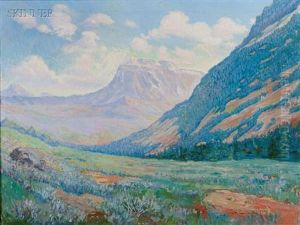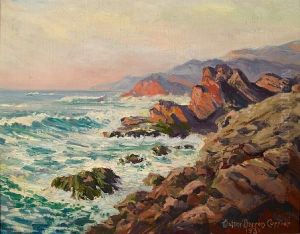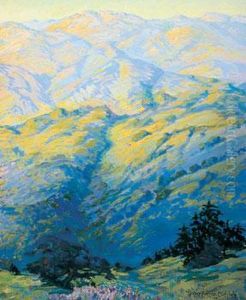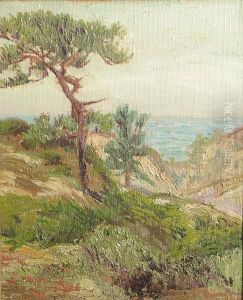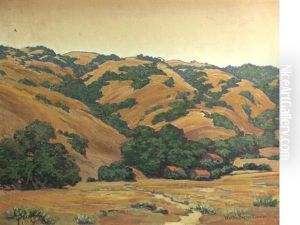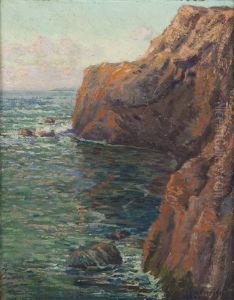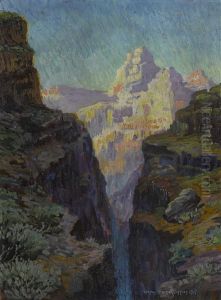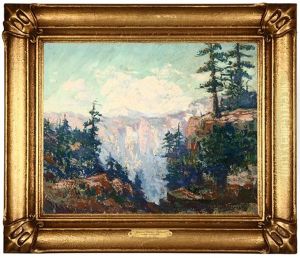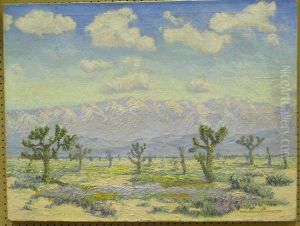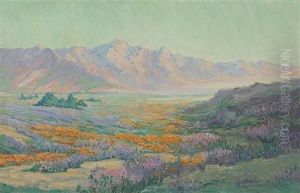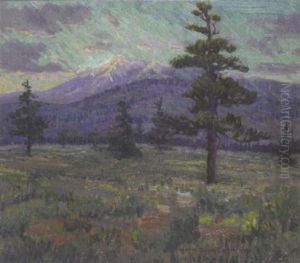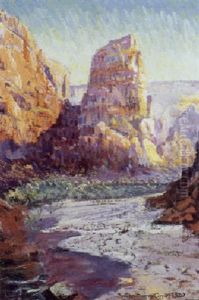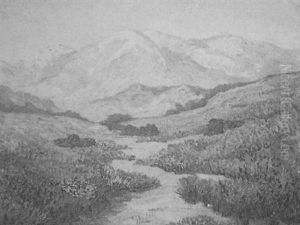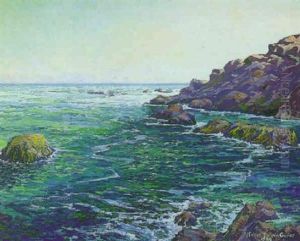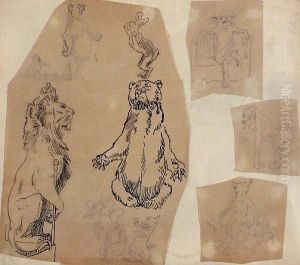Walter Barron Currier Paintings
Walter Barron Currier was an American artist born on September 15, 1888, in Providence, Rhode Island. Not widely known in the mainstream art world, Currier’s work is characterized by its American Impressionist style, a movement that gained popularity in the United States at the beginning of the 20th century. He focused on landscapes, portraits, and still life paintings, often capturing the subtle interplay of light and color in his depictions of New England's countryside and coastal scenes.
Currier studied at the Rhode Island School of Design and later at the Académie Julian in Paris, where he was influenced by French Impressionists and Post-Impressionists. His time in Europe exposed him to avant-garde styles and techniques, which he adapted and incorporated into his own artistic practice upon returning to the United States.
During his career, Currier exhibited his work at various institutions, including the National Academy of Design and the Pennsylvania Academy of the Fine Arts. Despite this, he remained relatively obscure compared to his contemporaries. His approach to painting was traditional, and he did not seek to radically change the artistic conventions of his time, which may have contributed to his relative lack of fame. Nevertheless, his dedication to capturing the essence of the American landscape in his work earned him a modest following and the respect of his peers.
Walter Barron Currier's career spanned several decades, during which he produced a considerable body of work that now serves as a testament to the American Impressionist movement. He was also a member of art organizations such as the Providence Art Club, contributing to the local artistic community. Currier passed away on October 10, 1967, and today his paintings can be found in private collections and occasionally at auction, where they are appreciated for their historical value and aesthetic charm.
